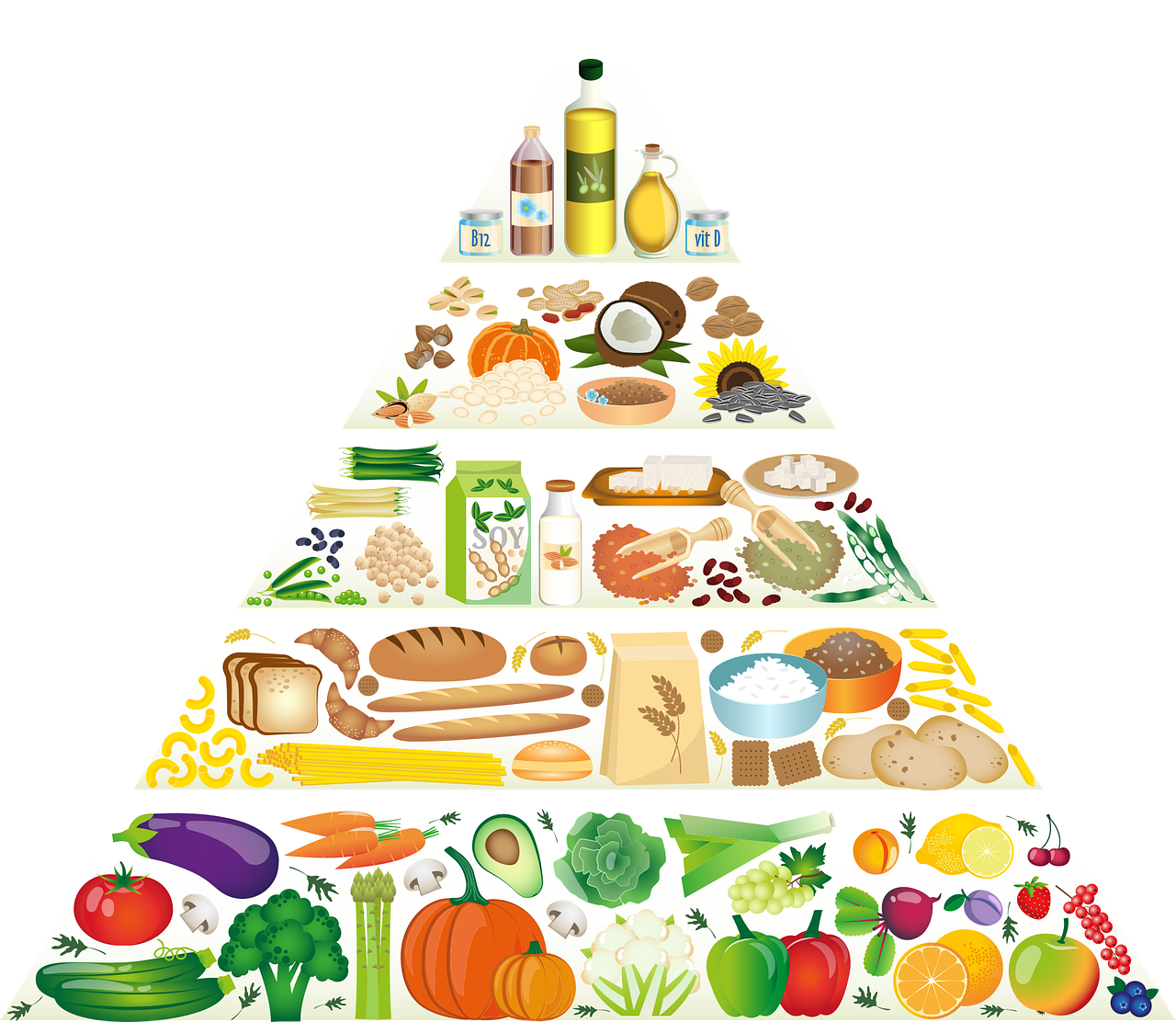How to Grocery Shop Effectively
Plan ahead
Planning helps avoid random shopping trips that may result in more spending, over-stocking, and unnecessary take-out runs.
Be aware of using your current "mood" as your grocery shopping guide. Either rely on what is currently on sale or use your cooking recipes as a guide to purchasing the necessary ingredients. Never shop when hungry! You will end up buying many non-essential items and wasting time and money.
Before going grocery shopping, it is essential to be realistic and consider income and other expenses to avoid purchasing non-necessities and bulk-buying. Consider creating a reverse shopping list containing all the items you have in your pantry and fridge. This will better outline what you already have and facilitate buying what you need.
Another practical way of saving involves using coupons and point rewards systems to access better offers and deals. 'Flipp' is an excellent example of a digital saving tool that presents weekly flyers and best deals.
The process of choosing a grocery store should be based on budget and the distance to the store from your home to save time and gas to reach a faraway destination for a small discount!
Where to look in the grocery store
It is essential to create a plan to approach The Grocery Store Layout. Make sure to grab a shopping basket instead of a shopping cart (as long as you only need a few items). You are more likely to spend more money if you have a shopping cart – save your money and use a basket! When you first enter the store, stick to the outer ring; this is where you will find the whole foods items that should make up most of your diet.
Continue to make your way to the back of the store, where you will find dairy products, bakery items, meat and seafood - be careful as you walk through and are tempted to buy unhealthy foods! After targeting the border of the store, follow the signs on top of the aisles to grab exactly what you have written in your list. You will often find that the middle aisles will contain: cereal, dry goods, baking, canned goods, frozen foods, drinks, and paper products.
When shopping through the aisles, know that brand manufacturers pay lots of money to have their products placed at eye level. Look below and above these products for the 'knock-off' brands, which are often the same quality for a lower price.

What to put in your cart
When grocery shopping, you want to be mindful of what you put in your cart! It is essential to make healthy choices - start with in-season fruits and vegetables that are fresh and more affordable. Next, add your frozen and canned food, whole grains, and protein products to complete your necessities.
When buying packaged foods, be sure to check the food labels! You will find a nutrition facts table that provides information on the serving size, nutrients in the product, calories per serving, and the percent daily value. It is important to note that 5% daily value or less is considered a small amount, and 15% daily value or more is considered a lot. Look out for the food allergen label to avoid any products you are allergic to!
Approaching the checkout, you will find the placement of various snacks and unhealthy foods. Often, customers will fall for this temptation and purchase unhealthy snacks. Be prepared to face these different foods and avoid the urge to spend more money on unhealthy snacks that you don't need!
At this time, it is essential to bring out your flyers for any available price-matching or coupons you can use for discounts. In addition, bring your bags to carry the food instead of purchasing disposable bags. This will save you money and is suitable for the environment!
Below is a link to Canada's food guide to follow the dietary guidelines and nutritional food recommendations set out by the government!

Latest Digital Community Blog
- Moving Up and Moving Out: Balancing Personal Needs While Sharing a SpaceConsidering a roommate? This article is a must-read for people who have roommates or thinking of getting one! Read for all steps needed for a comfortable living situation.
- Study Secrets For SuccessWant to know the best ways to study? Read this article to get tips and techniques for the best grades!
- How to Email Your Professor and TANeed some help on where and how to email your professors/TAs? This article shows you the etiquette and methods to email effectively!
- Five natural stress relief methods that actually workGet rid of your stress the natural way with this helpful guide
- Your Ultimate Guide to ScholarshipsAs students, we could all use some extra cash, and I’ve got a guide to the jackpot.
- Unique Things To Do This SummerAre you bored of the same old activities this summer? Let me give you activities you probably haven't done before for a more exciting summer!







